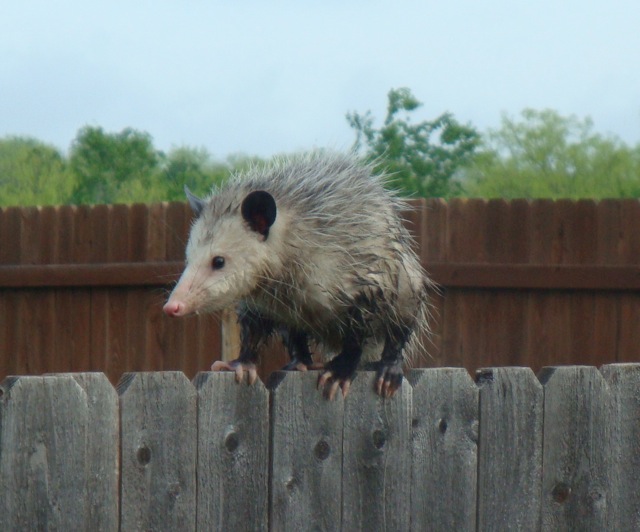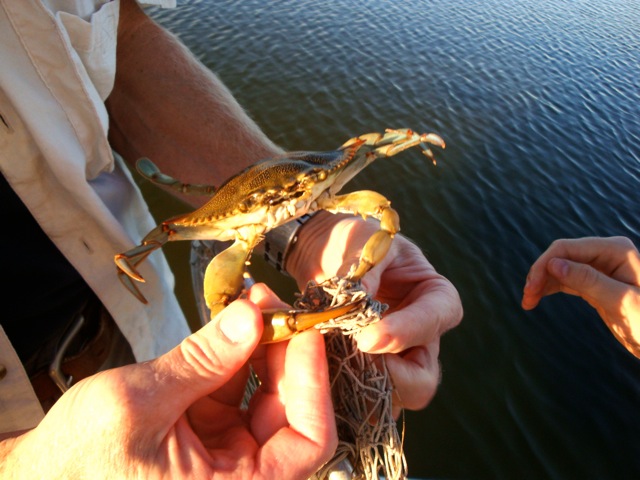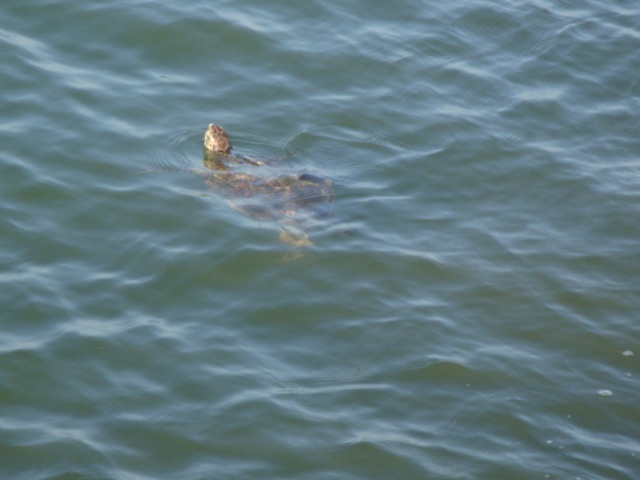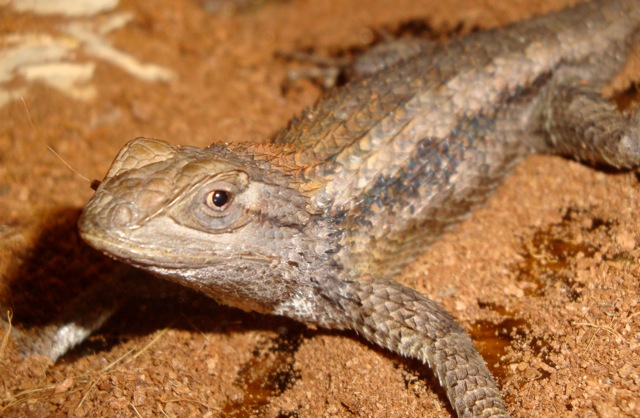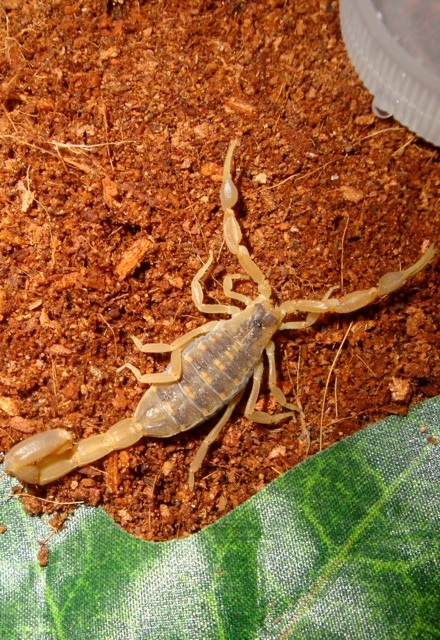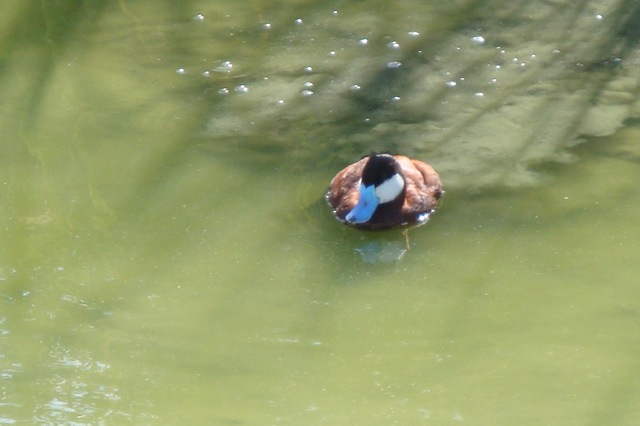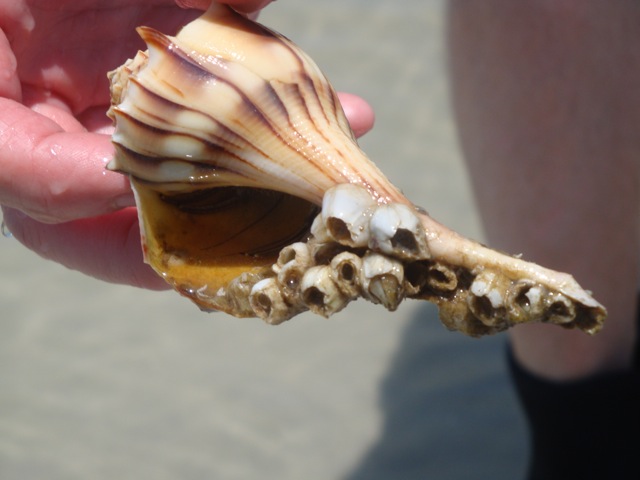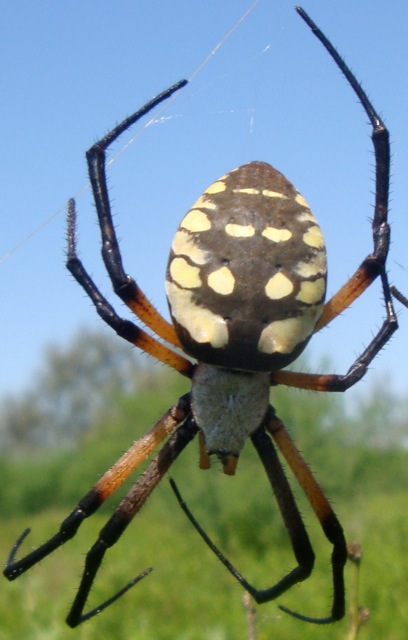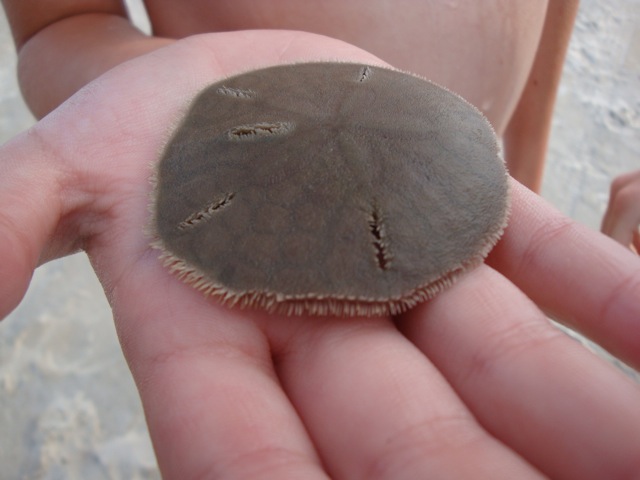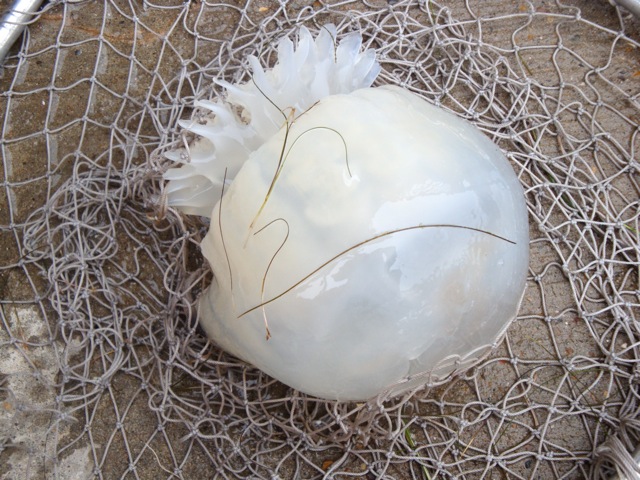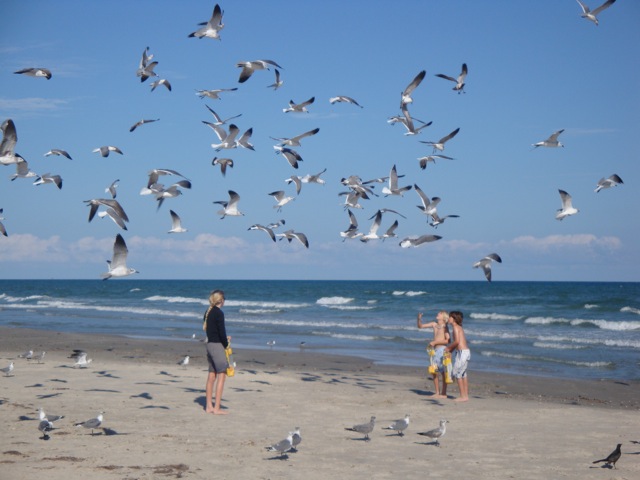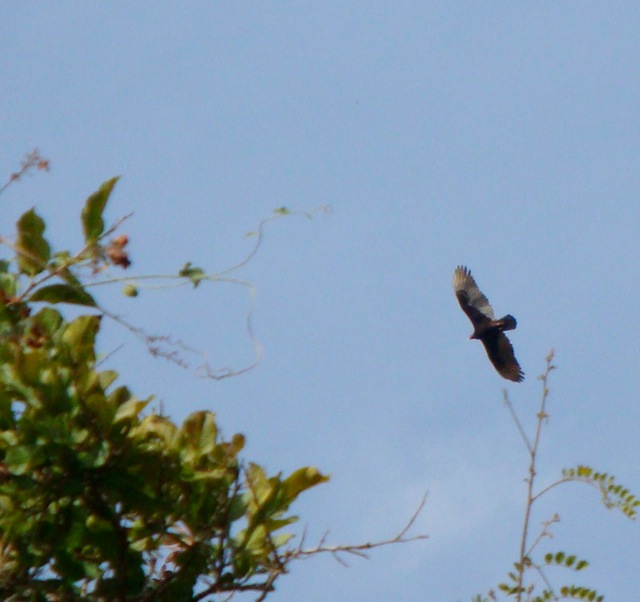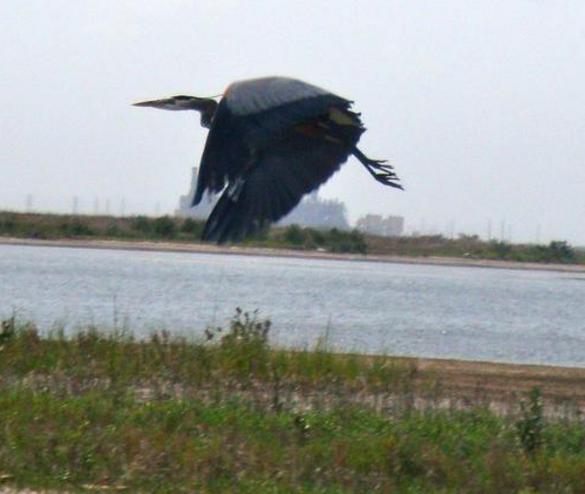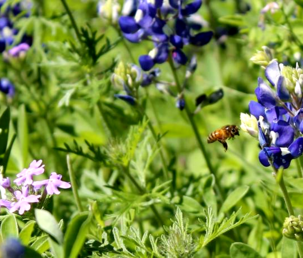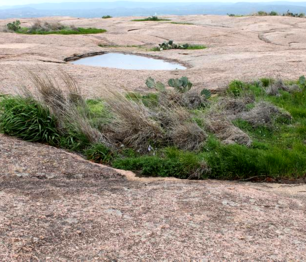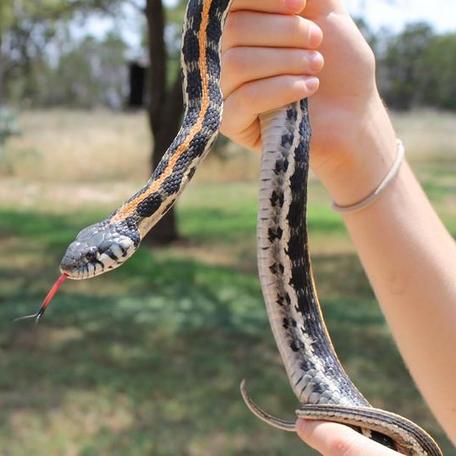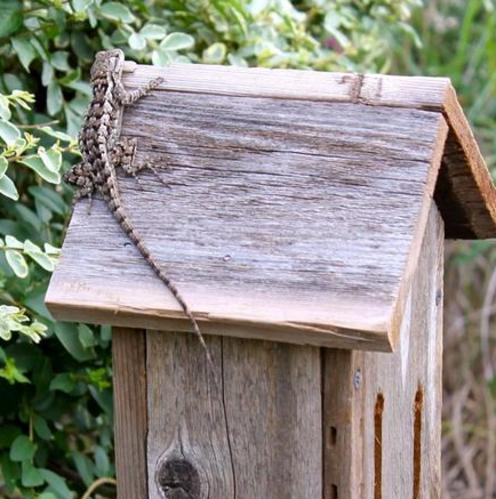Web designers: Courtney & Erik Honer
Copyright 2010 all rights reserved
"Aerodynamically the bumblebee shouldn't be able to fly, but the bumblebee doesn't know it, so it goes on flying anyway."
~ Mary Kay Ash
Texas Wildlife
Brown Pelican
Sea Turtle
Blue Crab
Squirrel
Spiny lizards are arboreal and diurnal.
Striped Bark Scorpion -venomous, but not deadly
Hermit Crab
Duck
Sand Dollar
Cannonball Jellyfish
Seagulls
t Argiope aurantia (Black and yellow garden spider)
Sparrow
Great Plains Rat Snake ~ Non Venomous
Texas Critter presentation available October 2011!
Texas is a great place to bird watch. Courtney and I got interested in bird watching when we lived in Ft. Worth, Texas and had Eastern Bluebirds move into our backyard. We watched pelicans, great white egrets, and blue herons from our deck in Corpus Christi, Texas. Some common birds to watch for in Texas are: mourning dove, Eastern screech-owl, black-chinned hummingbird, ruby-throated hummingbird, golden-fronted woodpecker, blue jay, and tufted tiftmouse. Since we moved to Central Texas, we enjoy watching roadrunners in our yard. We just bought a new camera, so we're looking forward to taking some more pictures to post soon! ~Erik
This is a skink we found at our family's farm. I caught him for the picture and then released him.
He was fast!
~Courtney
Rebel, pictured right, is a wild caught critter we decided to keep to show people that these guys aren't dangerous to humans. We received a call from a family who found this snake in their backyard in Corpus Christi, Texas. Many people are afraid of snakes and will kill them. Great Plains Rat snakes may be mistaken for rattlesnakes, a common venomous snake in Texas. All snakes help by keeping the rodent population under control.
There are 8 species of skinks in Texas. Skinks are beneficial to gardens because they eat many insects.
Arboreal - living in trees
Diurnal - awake during the day
Marsupials give birth to underdeveloped young called 'joeys'. Marsupials have pouches, like the opossum and kangaroo. Other marsupial's young cling by instinct to the mother's underbelly.
The brown pelican was removed from the endangered list in 2009!
Pelicans hanging out by a marina in Corpus Christi, Texas
Blue Heron
Erik and I had a Blue Heron that liked to sleep on our deck when we lived on Padre Island in Corpus Christi, Texas. We called him 'Fabio.' Blue Herons stand about 4 1/2 feet tall with a wing span over 6 feet!
Opossums are nocturnal critters. They are awake at night and sleep during the day.
Turkey Vulture at Knolle Dairy Farms near Sandia, Texas
This is a fledgling, a young bird learning to fly. My grandmother's dog found her in the backyard, and we took the fledgling to a man who rehabilitates birds.
Check out the tracks this little spider
is making in the sand dunes!
Garter Snake ~ Non Venomous
Garter snakes are diurnal - they are mostly active during the day and early evening. Pictured right is an Easter Black-Necked Garter Snake. Garter snakes are non venomous and play an important role in the environment.
Texas Spiny Lizards are often found in and around trees. They look like the Horned Toad, but Horned Toads can't climb. Texas Spiny Lizards are fast and eat lots of insects. They are great at camouflage.
Coral snakes are venomous and can be found in Texas. There's only been one reported death in the USA due to a coral snake bite in over 40 years. Coral snakes are shy and docile. Most people who are bitten by venomous snakes in the United States were trying to catch or kill the snake. It's safest to leave all wild snakes alone.
Reggie Regan, owner of Lone Star Woodcraft Bat Houses, called us one afternoon and said his neighbor found this coral snake on his front porch. They caught it and put it in a container before we picked it up. We took the snake to show young scientists at a class - Science in the Park. Under the guidance of Master Naturalists, the coral snake was released in a safe location.
Coral snakes are slender with narrow heads and round pupils like non venomous snakes. Here's a poem to help remember how to identify them. "Red touches black, friend of Jack. Red touches yellow, venomous fellow." Notice how the red and yellow bands are touching on this coral snake.




